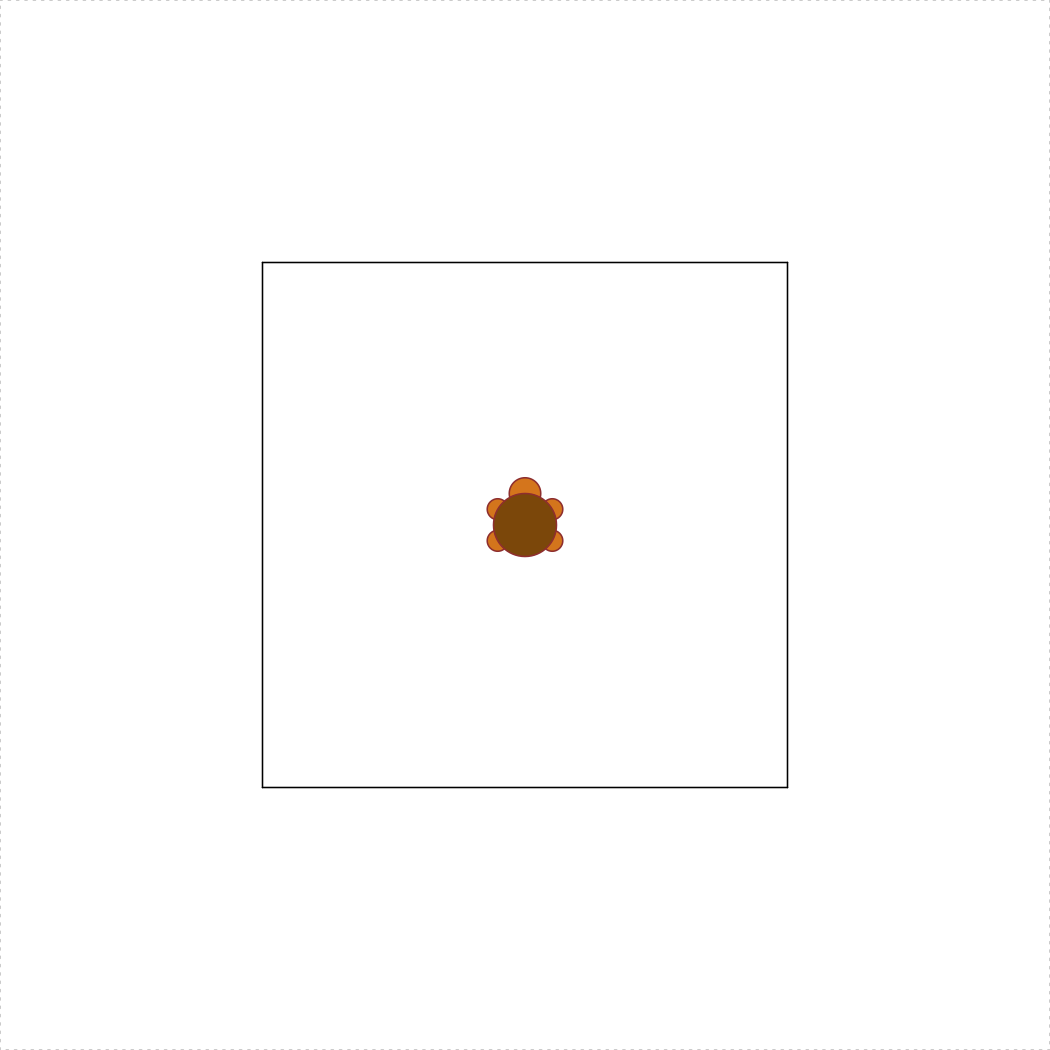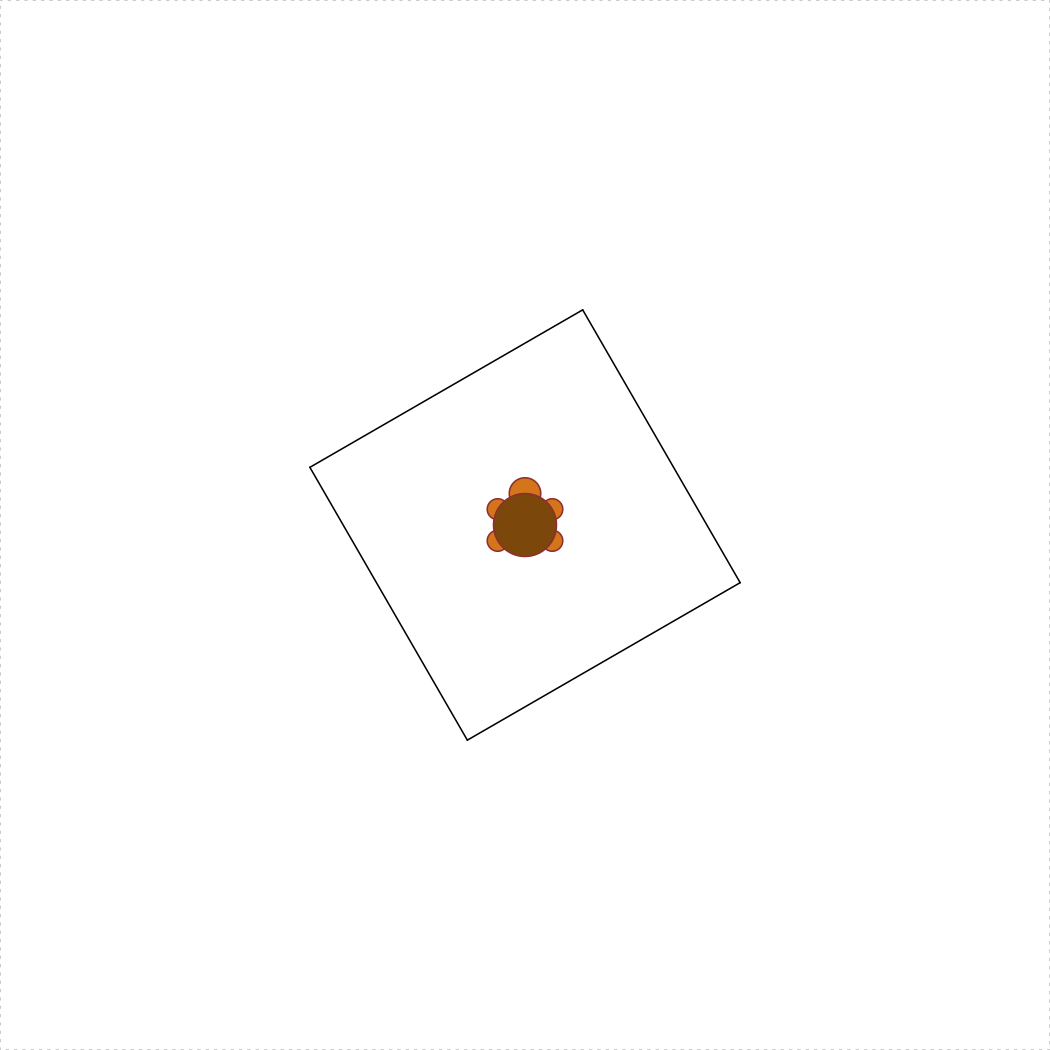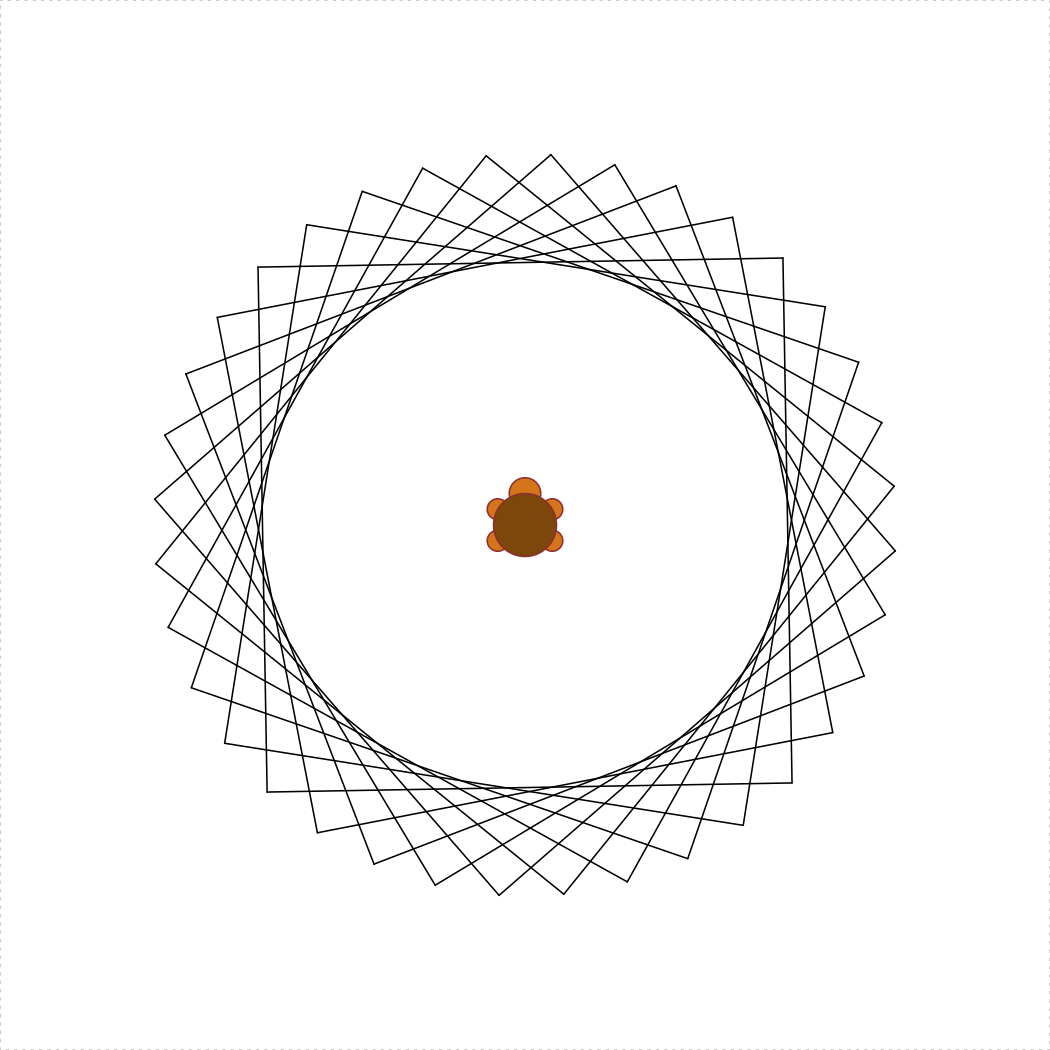Homework 5 - Iteration
Due: Feb 21 by 11:59pm
Weight: This assignment is worth 4% of your final grade.
Purpose: The purposes of this assignment are:
- To practice using for and while loops in R.
- To practice computational problem solving with loops.
Assessment: Each question indicates the % of the assignment grade, summing to 100%. The credit for each question will be assigned as follows:
- 0% for not attempting a response.
- 50% for attempting the question but with major errors.
- 75% for attempting the question but with minor errors.
- 100% for correctly answering the question.
The reflection portion is always worth 10% and graded for completion.
Rules:
- Problems marked SOLO may not be worked on with other classmates, though you may consult instructors for help.
- For problems marked COLLABORATIVE, you may work in groups of up to 3 students who are in this course this semester. You may not split up the work – everyone must work on every problem. And you may not simply copy any code but rather truly work together and submit your own solutions.
Readings
The readings from the last week will serve as a helpful reference as you complete this assignment. You can review them here:
Using the autograder
- You can check your solutions to problems 2 - 6 by logging into the autograder and uploading your
hw5.Rfile.- The file must be named
hw5.Ror it won’t work.- Your user name is your netID, and your password is inside the
readme.txtfile in the Box folder I shared with you.
1) Staying organized [SOLO, 5%]
Download and use this template for your assignment. Inside the “hw5” folder, open and edit the R script called “hw5.R” and fill out your name, Net ID, and the names of anyone you worked with on this assignment.
Writing test functions
For each of the following functions, write a test function first, and then write the function. Your test functions will count for half of the available credit for each problem. Think carefully about the test cases to include in your test functions.
Using good style
For this assignment, you must use good style to receive full credit. Follow the best practices described in this style guide.
2) loopFactorial(n) [SOLO, 10%]
Use a for loop to write the function loopFactorial(n) that should return n!, i.e. “n factorial”, which is defined for all non-negative integers. For example, 3! = 3*2*1 = 6, 4! = 4*3*2*1 = 24, and 5! = 5*4*3*2*1 = 120. Note that 0 is a special case, and 0! = 1. Assume n >= 0.
3) numDigits(n) [SOLO, 15%]
Write the function numDigits(n) that takes a possibly-negative integer and returns the number of digits in it. So, numDigits(12345) returns 5, numDigits(0) returns 1, and numDigits(-111) returns 3. One way you could solve this is to convert n to a string and use str_length(), but you cannot do that since you may not use strings here.
Happy Numbers [COLLABORATIVE]
Background: Read the first paragraph from the Wikipedia page on happy numbers. After some thought, we see that no matter what number we start with, when we keep replacing the number by the sum of the squares of its digits, we’ll always either arrive at 4 (unhappy) or at 1 (happy). With that in mind, we want to write the function nthHappyNumber(n). However, to write that function, we’ll first need to write isHappyNumber(n), which determines whether a number is “happy” or not. And to right that function, we’ll first need to write sumOfSquaresOfDigits(n). And that’s top-down design! Here we go…
4) sumOfSquaresOfDigits(n) [10%]
Write the function sumOfSquaresOfDigits(n) which takes a non-negative integer, n, and returns the sum of the squares of its digits (assume that n will always be a positive integer, so no need to check for bad inputs).
5) isHappyNumber(n) [10%]
Write the function isHappyNumber(n) which takes a possibly-negative integer and returns TRUE if it is happy and FALSE otherwise. Note that all numbers less than 1 are not happy.
6) nthHappyNumber(n) [15%]
Write the function nthHappyNumber(n) which takes a non-negative integer, n, and returns the nth happy number, where nthHappyNumber(1) returns the first happy number (1).
Turtle loops! [COLLABORATIVE]
(Note: Please put your solutions to these below the # ignore_rest comment so that the autograder doesn’t test these functions)
7) turtleSquare(s) redux [10%]
Re-write the turtleSquare(s) function from HW3, but this time you must use a for loop to draw the sides of the square. The following code should produce a square with a side length of 50:
library(TurtleGraphics)
turtle_init()
turtle_do({
turtleSquare(50)
})
8) concentricTurtleSquares(spacing = 5) [15%]
Write the function concentricTurtleSquares(spacing) that uses the TurtleGraphics package to draw concentric squares from the center of the terrarium and outward. The spacing argument determines the spacing between each square, and the default value should be spacing = 5. Also, spacing >= 1, and your function must not allow the turtle to escape the terrarium. Hint: you may want to use turtleSquare(s) as a helper function. The following code should produce concentric squares with a spacing of 5:
library(TurtleGraphics)
turtle_init()
turtle_do({
concentricTurtleSquares(5)
})
9) Read and reflect [SOLO, 10%]
Read and reflect on the following readings to preview what we will be covering next:
Afterwards, reflect on what you’ve learned while going through these readings and exercises. Is there anything that jumped out at you? Anything you found particularly interesting or confusing?
In a comment (#) in your .R file, write at least a paragraph about your thoughts, and include at least one question. This can be on what you’ve learned and any questions or points of confusion you have about what we’ve covered thus far. This can be related to this assignment, next week’s readings, things going on in the world that remind you something from class, etc. If there’s anything that jumped out at you, write it down.
Some thoughts you may want to try in your reflection:
- “I used to think ______, now I think ______ 🤔”
- Discuss some of the key insights or things you found interesting in the readings or recent class periods.
- Connect the course content to your own work or projects you’re working on.
Submit
Create a zip file of all the files in your R project folder for this assignment, then submit your zip file on the corresponding assignment submission on Blackboard.
Bonus 1) turtleSquareRotated(s, degrees) [SOLO, 3%]
Write the function turtleSquareRotated(s, degrees) that uses the TurtleGraphics package to draw a square with side length s < 100 and rotated by degrees <= 180 counterclockwise from the horizontal plane. The rotated square should be centered in the turtle’s terrarium. Hint: There are multiple ways to solve this, one of which involves using the cosine (cos()) and sine (sin()) functions. In R, these functions take angles in radians (not degrees), so remember to convert your angles (180 degrees = \(\pi\)).
The following code should produce a square with a side length of 30 and rotated by 30 degrees:
library(TurtleGraphics)
turtle_init()
turtle_do({
turtleSquareRotated(30, 30)
})
Bonus 2) turtleSquareStar(s, degreeSpacing = 20) [SOLO, 3%]
Write the function turtleSquareStar(s, degreeSpacing) that uses the turtleSquareRotated(s, degrees) as a helper function to draw a sequence of overlapping rotated squares with side length s < 70 to form a star. The degreeSpacing argument determines the spacing in degrees between each rotated square, and the default value should be degreeSpacing = 20. Also, 1 <= degreeSpacing <= 60, and your function must not allow the turtle to escape the terrarium. The following code should produce the star of rotated squares with a side length of 50 and 20 degree spacings between each square:
library(TurtleGraphics)
turtle_init()
turtle_do({
turtleSquareStar(50, 20)
})